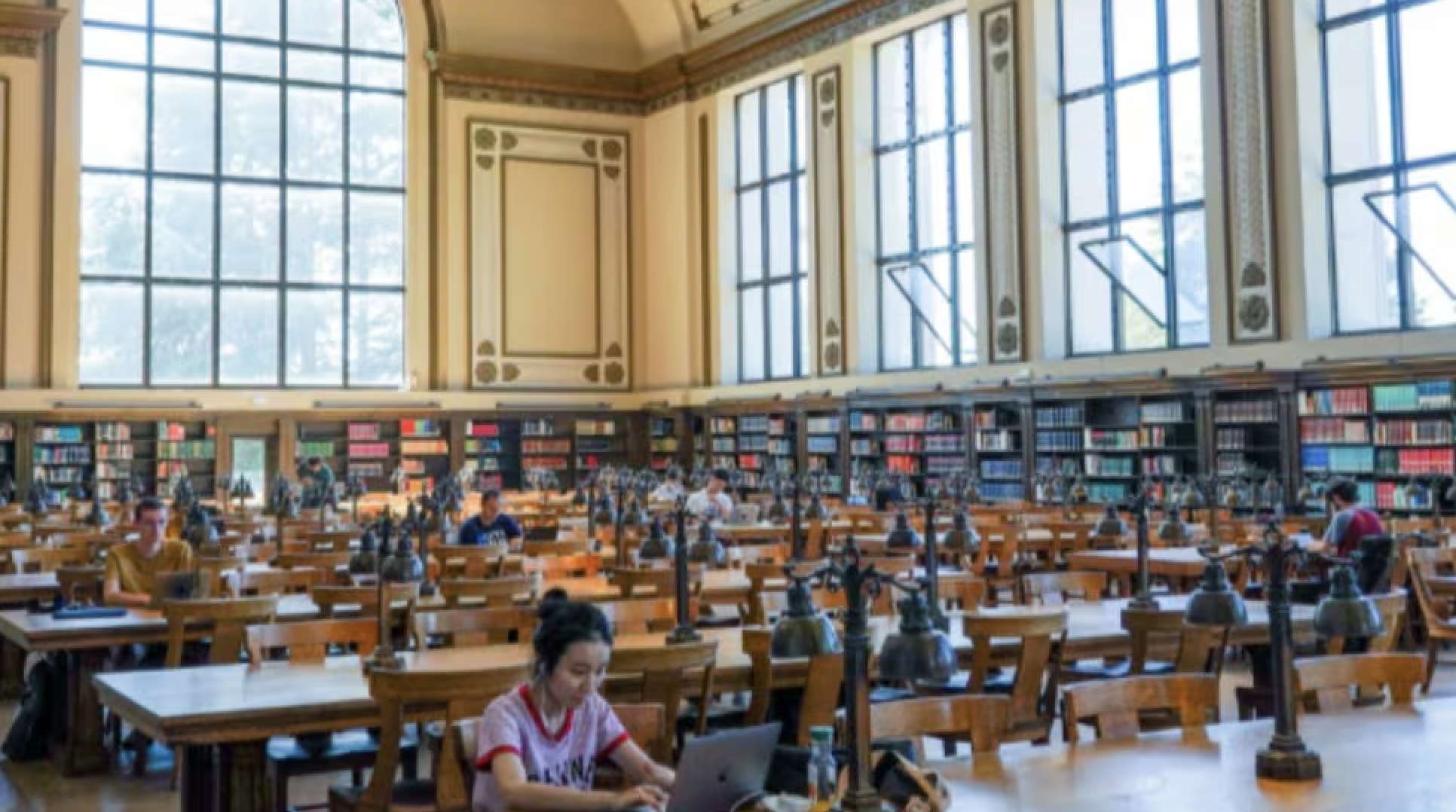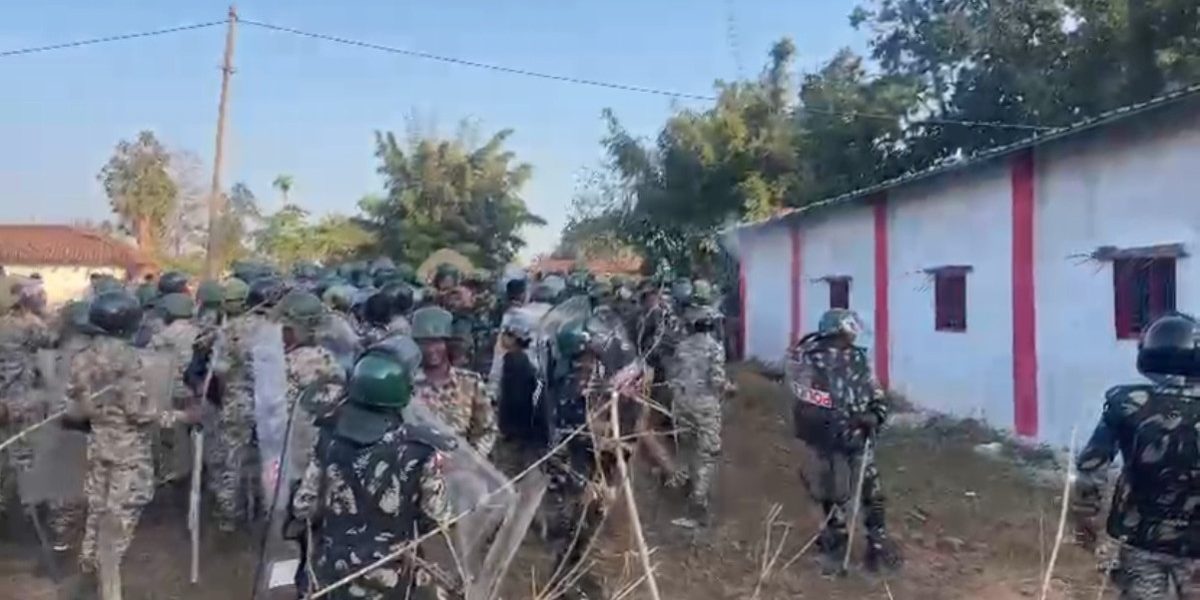Ismail Zaorez

Manguluru: Two recent incidents that took place just two days apart appear to show how right-wing fringe groups in the coastal area of Karnataka are able to influence and even manipulate the regular functioning of officers of the Indian Administrative Service (IAS).
In July, Sindhu B. Rupesh, the deputy commissioner (DC) of Dakshina Kannada district, was transferred overnight when she issued a statement ahead of Bakr Eid threatening strict action against anyone who might assault illegal cattle traders. In the same statement, she had requested the people to bring illegal cattle transport activities to the notice of the authorities concerned rather than take the law into their own hands.
When news of this statement spread, the DC was threatened with murder by members of right-wing fringe groups. But she was not provided protection. Rather, she was transferred elsewhere and members of the right wing fringe groups described what had happened as “the power of right wing activism”.
Just two days after Sindhu Rupesh’s transfer, G. Jagadeesha, the DC of Udupi, issued a statement which noted that those who assaulted cattle traders and transporters would be tried under the law. A local media house published this statement, which went viral in minutes.
However the media house soon had to take down the story when the DC denied saying any such thing, stating that the document that had been released to the media had contained “a typing error by the clerk”.
These incidents raise two questions. The first: How independently can IAS officers work? And the second: How is it that threats from right-wing fringe groups can lead to fears of transfers and thus manipulate IAS officers and even prevent them from doing their duty?
Any IAS officer responsible for the maintenance of law and order in any district is bound by her duties to take action against those who take the law into their own hands. But fear of political influence from the fringes of the right wing means that the officers are too intimidated to even state their duties, let alone execute them.
Coastal Karnataka and the right wing fringe
In 1993, politics in coastal Karnataka took a turn towards the right when communal riots took place in Bhatkal town in the district of Uttara Kannada.
Within a decade, in the early 2000s, the district had reported its first case of lynching over cattle transport and trading: a father and son were beaten, stripped and paraded naked over allegations of cattle theft.
There are three districts in coastal Karnataka: Uttara Kannada, Udupi and Dakshina Kannada. While Dakshina Kannada has long been known as a safe house for right-wing fringe groups, Uttara Kannada was believed to be the most peace-loving district among the three. However, in 1996, the murder of the BJP MLA Dr U. Chittaranjan and the emergence of hate-mongers like Ananth Kumar Hegde as leaders changed the politics of the region.
The three districts have one Lok Sabha seat each. All three have an MP from the BJP: Ananth Kumar Hegde in Uttara Kannada, Shobha Karandlaje in Udupi and Nalin Kumar Kateel in Dakshina Kannada. The three MPs have charges of communal bias and hate speeches against them.
After the BJP came to power in Karnataka in 2008, the fringe elements in the state’s coastal belt began ‘saving Hindu traditions’ via violence. They also began attacking minorities: churches in Dakshina Kannada became targets for violence right away.
In 2012, during the BJP’s first term in the state, a ‘moral policing’ attack on college students at a homestay grabbed headlines all over the country. This is believed to be the incident that normalised moral policing in the region.
Till 2018, however, none of the 13 assembly seats in the three coastal districts of Karnataka belonged to the BJP. This finally changed during the Modi wave in the run up to the state assembly elections in 2018, when the MPs of the three districts pushed the BJP’s agenda by focusing on the deaths of members of the RSS in the region. It is alleged that even people who were not actually RSS workers were referred to as ‘RSS sevaks’ (RSS workers) after they died. This strategy netted the party 11 of the 13 assembly seats in the 2018 state polls.
A year later, the BJP destabilised the Congress-Janata Dal (Secular) coalition government in the state and returned to power. Since then, Karnataka’s gau rakshaks (cow vigilantes) and kar sevaks (servants of Hinduism) have become ‘bhakshaks’ (eaters) of law and order in coastal Karnataka. Cattle traders have been assaulted and several moral policing incidents have been reported across the three districts.
Recent incidents indicate that the fringe elements in the region have paralysed not just the administration but also the law enforcement agencies. On December 19, 2019, when anti-CAA (Citizenship Amendment Act) protests broke out in Mangaluru in Dakshina Kannada, the police unjustifiably gunned down two protestors, leading to allegations from activists that the police commissioner of the city had been working under the orders of Kalladka Prabhakar Bhat, a senior RSS leader in the district. These allegations were never denied or clarified by the police, which led activists to speculate that senior police officers believe any sort of clarification might upset the RSS leader.
Interestingly, G. Jagadeesha, the DC of Udupi, is the chair of the magisterial inquiry into this incident.
This story first appeared on September 1 in ‘The Wire’ here.





